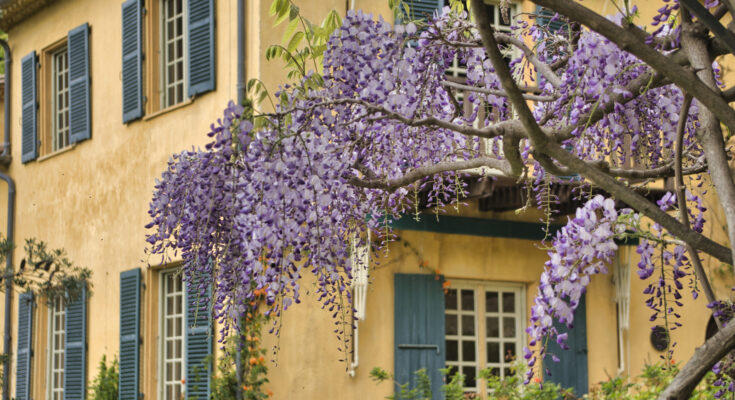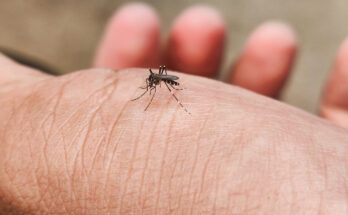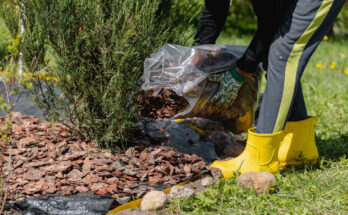Fast-Spreading Invasive Wisteria Varieties To Steer Clear Of (& What To Plant Instead)
What gardener doesn’t dream of a romantic arbor or pergola covered in bountiful flowers? If your mind’s eye sees that arbor covered in wisteria (Wisteria spp.) it’s important to know exactly what you’re dealing with. Many common wisterias are incredibly aggressive growers. From Texas to Maine, the Japanese and Chinese varieties of these plants are considered invasive. These plants are adaptable to multiple light conditions and spread through rhizomes. Additionally, they live up to 100 years, and vines are known to strangle and girdle trees, often killing the trees in the process. So, you may want to think twice before planting wisteria in your yard.
So, what’s a gardener with dreams of romantic vines covered in dramatic purple blooms to do? Consider the alternatives. From native varieties of wisteria to other types of climbing plants, there are plenty of options to give you the same effect. Armed with a little bit of information, you can find the right climber to add drama and romance to your yard.
Wisteria varieties to avoid
First, you need to know which varieties of wisteria to avoid. Chinese wisteria (Wisteria sinensis) can grow 25 feet high and up to 30 feet wide. Japanese wisteria (Wisteria floribunda) will twine along supports for up to 25 feet. Both of these plants were introduced to the U.S. in the 1800s to decorate homes and parks. Today, they’ve become a problem.
Chinese wisteria can be identified by its counter-clockwise twining around supports, pea-like flowers that emerge in the spring before the plant’s leaves, and velvety seed pods. Japanese wisteria is very similar, with pink or purple flowers and velvety seed pods, but does not tolerate shade. Telling these two plants apart may be difficult, but if you have a wisteria that has become invasive, you can bet it’s one or the other. Removing them can be quite difficult. Cutting the stems close to the ground and carefully painting the cut ends with a glyphosate-based herbicide is sometimes suggested, though House Digest recommends thinking twice about using this popular weed killer in your yard. Alternatively, cut the plant back regularly throughout the growing season. Removing the plant entirely by digging it up by the roots may be preferred but depending on the size of your plant, could be a big job. You will need to get rid of every last bit of the plant to be sure it’s gone as the stolons can reroot.
Native wisteria and other varieties to plant instead
If you absolutely have your heart set on a wisteria, the good news is there is a native variety you can use in your yard. American wisteria (Wisteria frutescens) offers the same dramatic clusters of flowers but won’t take over your yard or kill your trees. The purple flowers don’t appear until after the plant has leafed out, which is an easy way to tell it apart from its Asian cousins. They can grow up to 30 feet tall and the flowers come in a variety of colors, from white to pink to purple. Hardy in USDA zones 5 through 8, they can grow in sun to shade, but prefer loamy soils in the sun.
Wisteria are not the only option for those looking to find climbing plants to grow on their property. Pale leather flower (Clematis versicolor) is a native clematis that can work well in USDA zones 5 through 9. Much more delicate than wisteria, it grows naturally along roadsides and outcroppings in the southeastern and south-central U.S.
Rose lovers should consider Lady Banks roses (Rosa banksiae), which are a great alternative to bougainvillea and can also replace invasive wisteria in your garden. Growing up to 40 feet high without thorns, Lady Banks is evergreen in USDA zones 8 through 10, but hardy down to zone 6. Not only is this rose fragrant, but it is a favorite of pollinators, giving you plenty of reasons to plant it instead of invasive wisterias.



